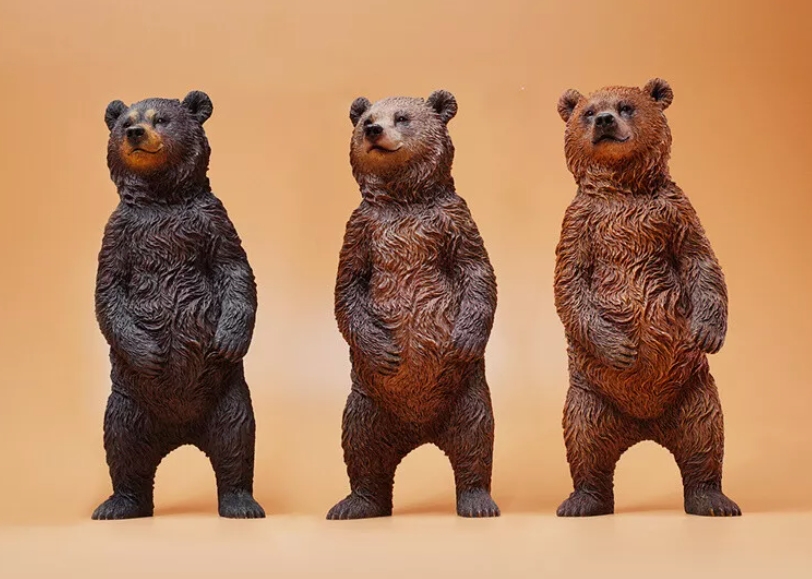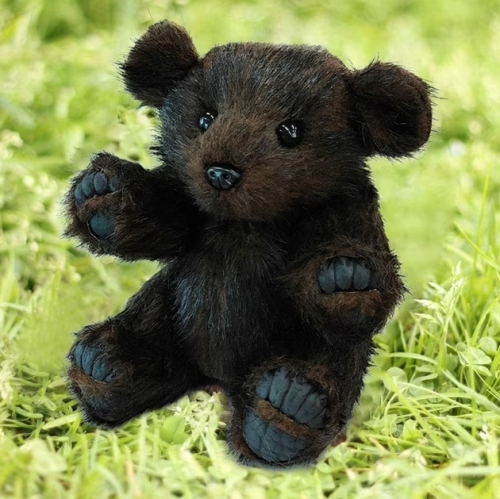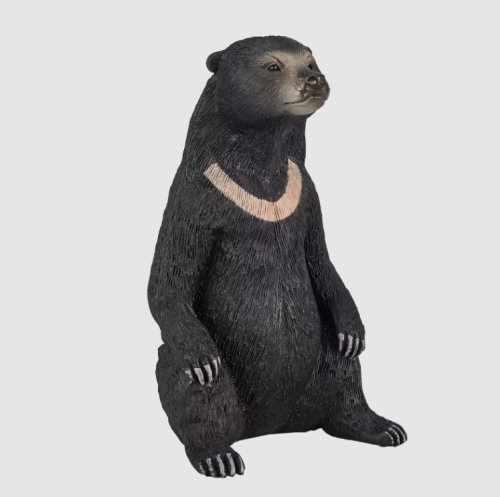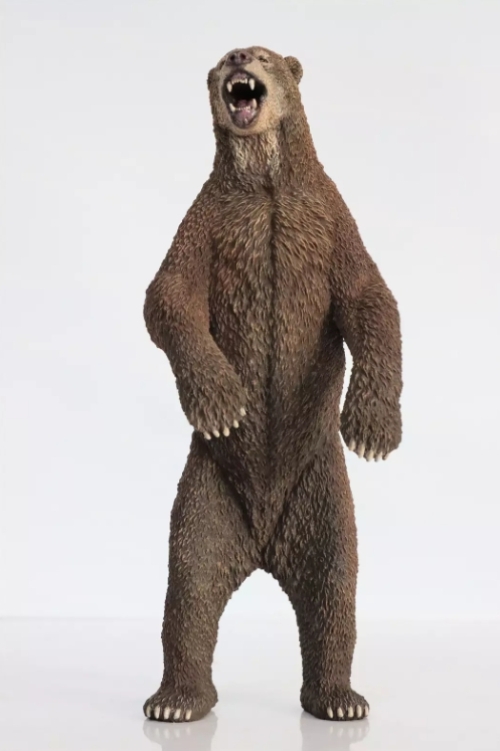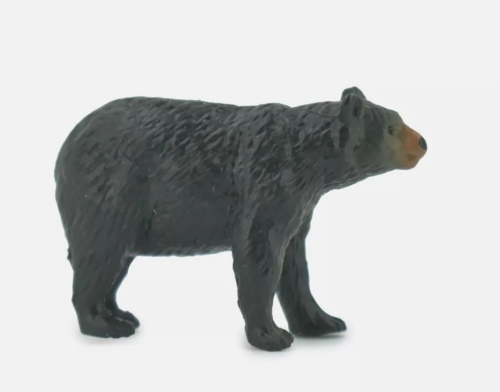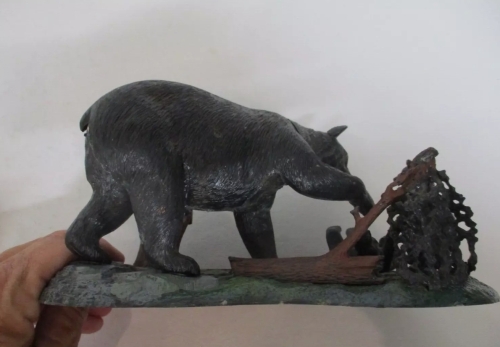The bear model is a kind of theoretical model widely used in various kinds of research and engineering,aiming to simulate and understand the behavior and characteristics of complex systems.The design of the model is inspired by biology, especially the observation of the survival and behavior patterns of bears. Through simplification and abstraction, the bear model can be used in a variety of situations, providing an effective analytical tool.
The core idea of the bear model is to simulate the behavior of individuals in a particular environment by building a framework that contains the basic elements and rules of interaction. The "bear" in the model symbolizes the individual, while the environment represents the external factors that influence its behavior. Participants constantly adjust their strategies to adapt to the changing environment, thus forming a state of dynamic equilibrium.
In the study of ecosystems, bear models can be used to analyze interactions between populations. When food resources are abundant, competition may occur among individuals, while cooperative behavior may increase when resources are scarce. Simulation of these mechanisms can help researchers understand the stability and sustainability of populations, and provide theoretical support for conservation and management of ecological environments.
In addition to ecological research, the bear model is also used in the field of economics. Individual behavior in the market is often affected by many factors such as price, supply and demand. By modeling the behavior of "bears" in response to changes in the market, the internal mechanism of market volatility can be revealed, thus providing a reference for policy making.
Another important feature of the bear model is its adaptability and flexibility.Researchers can adjust the parameters and rules of the model according to the needs, so as to adapt to different research needs.

